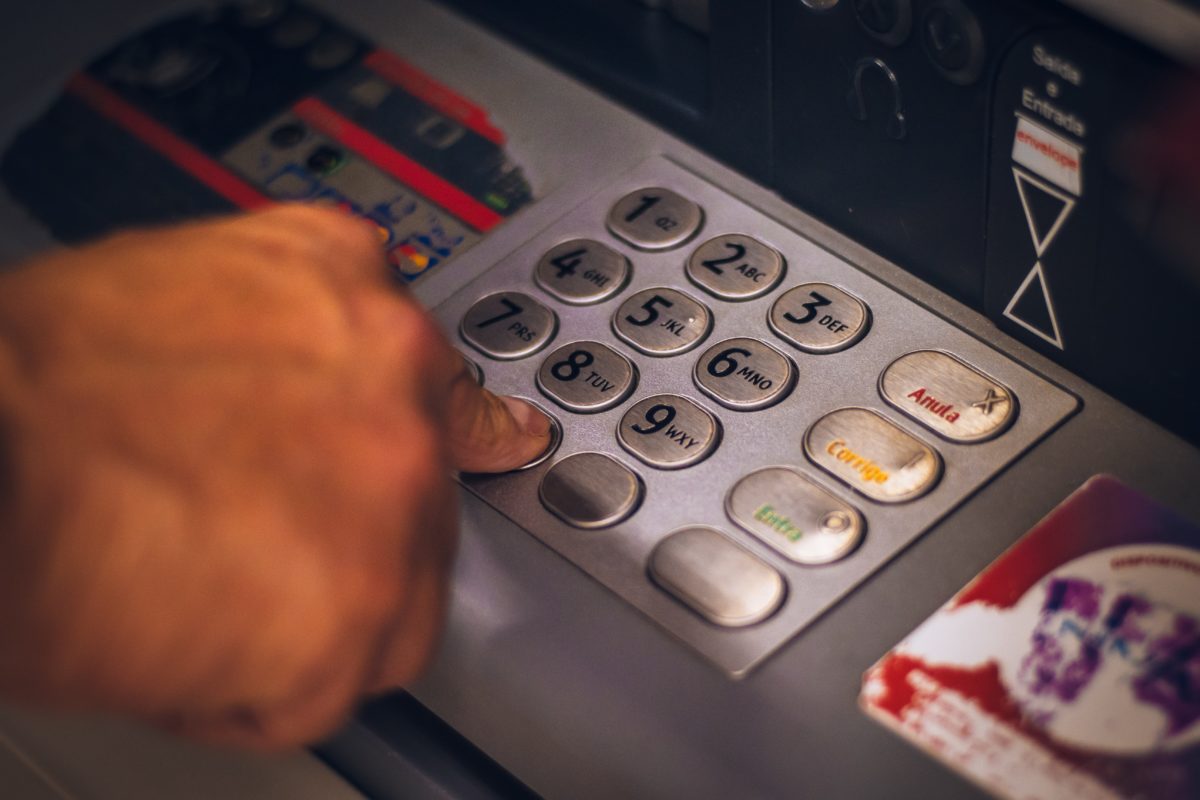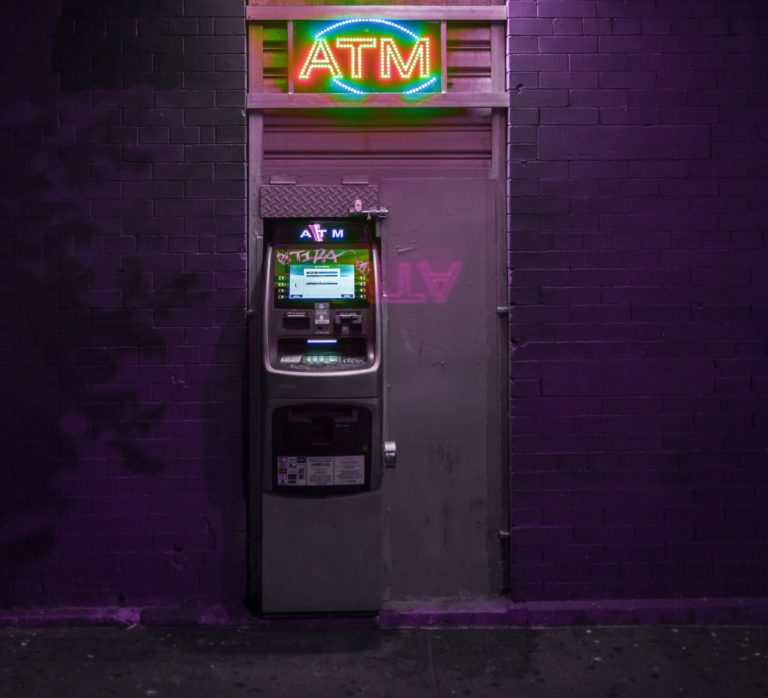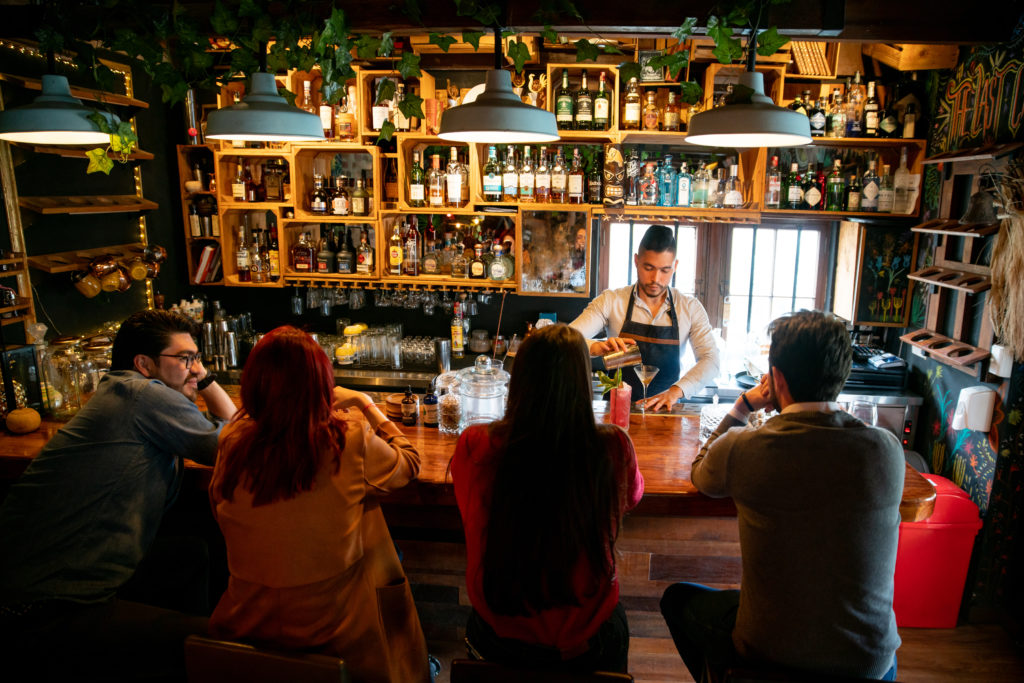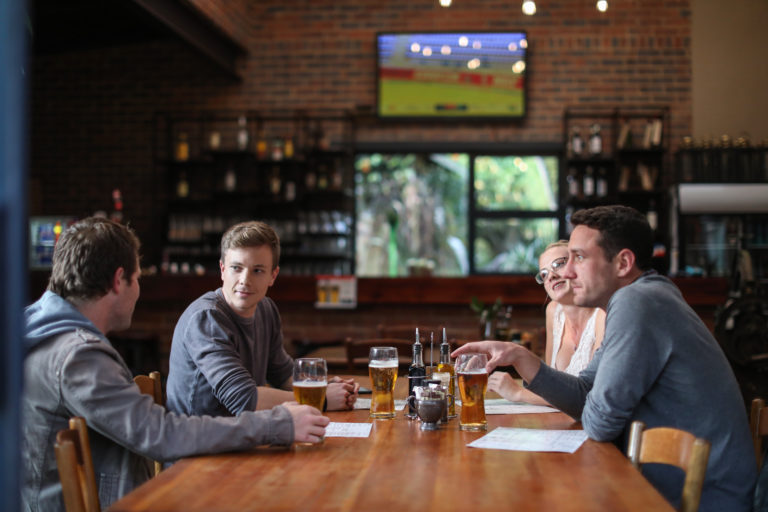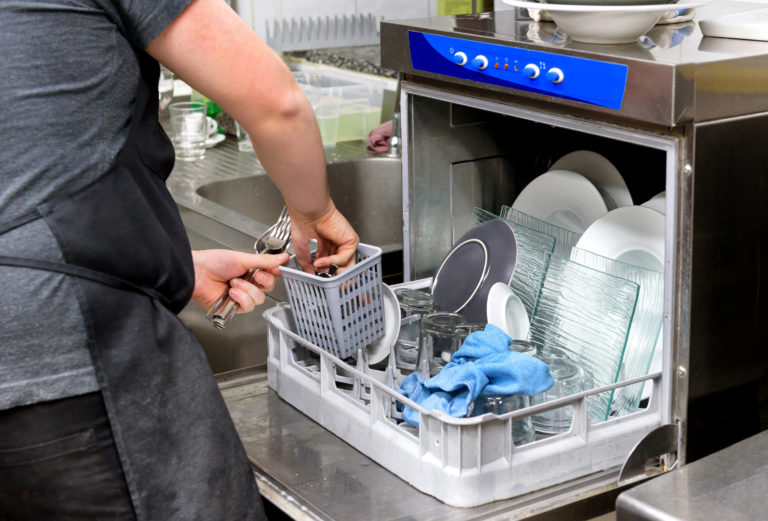How to Manage Staff Discipline Issues

Whether you are the owner of an independent restaurant, manager of a bar, in charge of a kitchen or have any other similar high-level role within hospitality – maybe have a think back to why you decided to get into the industry in the first place.
Do you remember?
Was “Disciplining Staff” on your list? Probably not. Having to discipline employees for any behaviour that has the potential to bring your establishment into disrepute isn’t something that new business owners typically put on their “to-do” list. But here you are: a business owner or manager having to do just that.
The topic of disciplining staff is never an easy one. Arguably things are now more precarious than they’ve ever been for the hospitality industry as a whole. With the post-pandemic recovery, rising business costs, the struggle to attract new talent, and with Canada currently experiencing the lowest unemployment rate in decades, adding employee discipline issues into the mix is a lot to contend with for any business.
So how do you establish the necessary disciplinary procedures to create a safe, respectful and professional workplace, while remaining an attractive place to work? While local labour laws differ from region to region, this post will help you understand some best practices for you to follow.
Examples of bad employee behaviour
Although far from exhaustive, this list contains some of the most common issues that can arise in any work environment, and your pub or restaurant are no exception. Given the fast-paced nature of hospitality work, tensions can boil to the surface and can lead to to poor performance and unacceptable behaviour.
- Alcohol or drug use
- Bullying
- Frequent lateness
- Inappropriate behaviour
- Lack of responsibility
- Misuse of confidential information
- Negative attitude
- Offensive language/behaviour
- Violence
- Poor attendance
- Poor customer service
- Poor work standards
- Resistance to change
- Safety risk issues
- Theft
- Uniform deviances
Ultimately, any issue which leads to a less-than-satisfactory experience for your staff, your customers, or is creating unnecessary difficulties for your business could warrant disciplinary action.
How to write an employee disciplinary policy
The first step towards establishing a process to follow is to outline everything that will be expected of your employees by writing a disciplinary policy. This can be given as part of a physical handbook that is given to each employee, or a list of expectations can be placed in staff areas.
Just make sure that it is visible, and that employees who sign a contract with you when starting employment state that they fully understand these expectations.
An employee disciplinary policy should include:
- The purpose of the disciplinary policy
- When the policy was written, who by, and when it is due for review (if applicable)
- An explanation of the disciplinary progression
- Examples of employee misconduct
- How the employees can register a complaint
- Complaint and investigation procedures
- Information for managers
For those unfamiliar with writing employee disciplinary policies, Rob Wormley writes that it may be worth consulting with an employment lawyer to ensure certain statements are not open to interpretation, while remaining compliant with laws in the region where you operate your business.
"It’s a good idea to have your lawyer review your employee discipline policies in the employee handbook just to be on the safe side."
How to discipline your employees
When it comes to the point when you feel you must discipline your employees, the most challenging aspect is that there is no ‘right way’ to go about it, since no two situations will warrant the same level of discipline.
So, rather than taking a universal approach the key is to ensure that the method chosen is effective. It is important that the employee not only gets the message but that the outcome genuinely seeks to generate an improvement by giving the employee a chance to rectify their behaviour.
Also, you must have clear and reasonable grounds for doing so. Otherwise, it could lead to low morale in the workforce and even legal action, should the disciplinary action lead to severance, and should a governing body eventually find that the employee was not in the wrong after all.
It’s important to have a clear structure around your restaurant or bar’s disciplinary process. You can download Hailo Data’s Disciplinary Process Document to customise and share with your team.
Once you’re confident in your foundations, you can move ahead to the next stages.
Step #1 - Establish clear reasoning for disciplinary action
Whether the issue is down to miscommunication or deliberate intention, you and your managers need to be clear about what happened. Evidence of the accusation may be a witness account, documentation on paper or even security camera footage, depending on the nature of the incident.
The evidence will need to be prepared in advance so it can be presented when giving whatever form of discipline is deemed appropriate.
Crucially, it’s not just your evidence of unacceptable behaviour that’s needed. You will need to be able to clearly communicate why the action falls short of the expected standards. You must state what you expect to happen differently from that point on, which as well as providing a constructive guide for the employee, can also be used as further evidence should the issue persist.
Step #2 - Select the most appropriate form of discipline
Verbal warning – Take the employee aside, preferably within a confidential setting such as an office that is out of earshot of customers or other employees. Raise the issue of concern with them, and explain why it’s unacceptable. At this stage, the employee has the opportunity to explain any misunderstandings or other sides to the story that can help the employer to gain context. But, the employee should leave the room knowing that if the behaviour were to continue, it will lead to further disciplinary action.
Written warning – Recap on the issue that was previously raised during the verbal warning, plus note any new unacceptable issues which have since come to light. State in writing what has happened from the employer’s perspective, and what the repercussions will be if the employee needs to be reprimanded further. Presenting the written warning through a formal in-person discussion will best outline the contents of the letter, ensuring that the employee fully understands and is in agreement.
Suspension – If the unacceptable behaviour were to continue, then employers can move ahead with a short or long term suspension, depending on the employment laws applicable to the province. Similar to the verbal and written warnings, an outline of why the action is being taken needs to be given, along with a final warning that the next step would be termination, should the behaviour not improve.
Termination – In any circumstance where previous disciplinary measures have failed to curb the issue, or if the matter is deemed so serious that other measures would be too lenient, termination remains the only and final option. Employers must read up on what is grounds for termination, and whether any severance pay is due to keep in line with employment laws.
Why progressive discipline is key
In short, progressive discipline hones in on the simple fact that all actions have consequences. If any unacceptable behaviour isn’t followed up on, then chances are it will continue.
However, as the Government of Canada advises: “Rather than straight dismissal, the goal of progressive discipline is correcting poor behaviour and creating a better and more productive employee.” Therefore, progressive discipline has the added advantage that it can seek to make the employee better in their role, rather than just using the process to highlight any failings.
Step #3 Understand employment law in Canada
Depending on where your business is based in Canada, different jurisdiction laws will apply, so it’s essential to read up on these.
Here is how the progression of employee discipline may look whether you are in British Columbia, Ontario or Quebec.
Explanation of levels:
Description: | |
Level 1 | Time and Attendance, dress code, Performance concerns. |
Level 2 | Serious performance concerns. Policy violations. |
Level 3 | Serious insubordination, breaches of privacy, security, confidentiality, serious liquor violations, serious health and safety violations. |
Level 4 | Theft, harassment, violence |
Level 1 scenario: An employee of a small single location restaurant continues to turn up late, putting strain on others to cover their workload. Why? Unlike larger restaurants with multiple locations, you might not be able to call in others to cover their shift. They are given an initial warning.
Level 2 scenario: It is the first time the employee has worked in a small bar or pub, and they cannot master how to pour a pint, despite having been shown several times. Customers have complained, and the employee shows no enthusiasm in wanting to improve.
Level 3 scenario: As an independent bar or pub, you may have trade secrets on how certain homebrew drinks are made. An employee breaches this confidentiality by sharing classified information on their public social media accounts, which competitors can then freely access to replicate your secret drinks, thus stealing your business.
Level 4 scenario: An employee is caught stealing from the till of your hospitality venue, amounting to gross misconduct, and a breach of personal trust.
British Columbia & Ontario
British Columbia Ontario | 1st offence | 2nd offence | 3rd offence | 4th offence |
Level 1 | Verbal warning | Written Warning | Final Written warning | Termination |
Level 2 | Written Warning | Final Written Warning | Termination | |
Level 3 | Final Written Warning | Termination | ||
Level 4 | Termination |
In this instance, there are four levels of warnings and four steps of disciplinary progression, if an employee was to repeat the same Level 1 behaviour continually.
Flexibility is given should an employee commit a serious Level 4 offence on their first offence. Likewise, if an employee suddenly commits a serious offence after their first offence, an employer wouldn’t have to wait for the fourth offence to terminate their employment.
A key difference between British Columbia and Ontario is that there is no suspension phase, but rather a final written warning before termination.
Quebec
Quebec | 1st offence | 2nd offence | 3rd offence | 4th offence | 5th offence | 6th offence |
Level 1 | Verbal warning | Written Warning | Final Written warning | Short Suspension | Long Suspension | Termination |
Level 2 | Written Warning | Final Written Warning | Short Suspension | Long Suspension | Termination | |
Level 3 | Final Written Warning | Short Suspension | Long Suspension | Termination | ||
Level 4 | Short Suspension | Long Suspension | Termination |
In Quebec, the process is a little more complex, in that a termination cannot be given unless the employee reaches at least a Level 4 offence on their third offence.
Therefore, should the most serious offence be committed, the most an employer can do is issue a short suspension. If the same serious offence were to happen again, the employer could issue a long suspension, followed by employment termination on the third serious offence.
The addition of a short and long suspension gives six steps overall, versus just four for British Columbia and Ontario. This would give the employee more chances to correct their behaviour but in doing so, makes it more difficult for an employer to terminate an employment contract in Quebec.
You can download your own Progressive Discipline Matrix to customise for your business.
When should employers take disciplinary action?
As soon as you notice an employee behaving in a way that is not acceptable, disciplinary action should be taken without hesitation.
Discretion should still be applied to ensure that the right disciplinary action is used, but nonetheless, prompt discipline will prevent the issue from festering, while also making it clear that the behaviour is not condoned by the company.
On the contrary, by waiting to raise an issue, it could signal to the employee that the company isn’t taking its disciplinary policies seriously, leading to further breaches of it. If any of these issues happened to be witnessed by a customer, not following up on them could also be disastrous for the business, especially in the age of the online review.
Ensuring consistency with management
I know, it’s never easy when you’re the one responsible for disciplining others. Especially in the case of if you’re not an owner but a manager, who may be on extremely good terms with your colleagues otherwise.
But, there is a job to be done and consistency is essential, in terms of the approach taken towards discipline. Leadership training will ensure everyone is on the same page for aspects that may include:
- Knowing when the right time to intervene is, and when to use discretion
- Selecting the right method of discipline
- How to ensure fairness with all employees and how to avoid bias
- Thorough and appropriate record-keeping of accusations
- Delivery of disciplinary action and follow-ups
- Effectiveness of disciplinary delivery to incite change
- Maintaining a customer as well as a business focus
What rights do employees have during the discipline process?
During any disciplinary action, employees have the right to be accompanied by a union representative or work colleague.
Any evidence in support of the accusations should be presented, and the employee then has the right to state their case before any disciplinary action is formally taken.
As noted, employees cannot be terminated for their first offence in British Columbia or Ontario unless the offence relates to gross misconduct.
Employees have the right to appeal against any disciplinary action that is brought against them.
How to avoid the need to discipline staff
It’s not possible to avoid disciplining an employee should they be in breach of any guidelines stated in their contract, since this behaviour cannot be condoned, and could be creating a less than satisfactory experience for your customers.
However, it is possible to look at ways to reduce the need to discipline staff, due to changing strategies as a business, which will seek to eliminate instances of undesirable staff conduct within the workplace.
#1 - Improve the recruitment process
If you are noticing familiar unwanted traits within employees leading to similar patterns of behaviour, then the recruitment process could need some refinement.
Aside from the basics of punctuality and even experience within a hospitality environment, employees must have a genuine enjoyment of working with the public and be able to handle the pressures of running a busy bar or restaurant.
These aren’t always skills that can be determined from an interview alone, which is why a trial could help filter out those who just aren’t cut out for the lifestyle.
#2 - Establish clear guidelines for employees
Disciplinary policies are there to outline expectations, along with what will happen should these not be met. But beyond this, there should be regular discussions as a team, including based on the requirements of service for any particular shift.
So for instance, if you have a busy holiday season approaching or a special event on, or simply many bookings in one night, it helps if your team all know their roles and responsibilities. They may need additional help or support depending on the demands placed on them, so as managers or owners, it’s your duty to ensure they have everything they need to thrive.
#3 - Encourage team spirit
Hospitality venues can be stressful to work in, and while having the right attitude helps, so does having a closely bonded team.
Every new employee will require onboarding so they understand their role, and also so that they can get to know their colleagues. Additional team-building days or activities can help break the ice, and ensure no weak links in the chain since the better everyone gets along, the easier it will be to give great customer service.
#4 - Demonstrate the right leadership style
Not all employees will behave in an unacceptable way deliberately, so there does need to be room for understanding, as well as a little coaching from management. When employees feel as if they can talk to you for advice without fear of judgement or reprimand, issues can be dealt with in a much healthier way, often avoiding the need for disciplinary action.
Managing staff discipline in hospitality: In summary
It’s clear that to succeed in the world of hospitality, and give your customers the best possible experience, your employees need to toe the line. They have to want to strive for the best, because they feel supported in their role and have great job satisfaction, as well as have a clear understanding of what’s expected of them through great communication.
Although disciplining an employee is never easy, it must be done promptly and to the correct level, to protect the business and set the right standards.
For anyone interested in learning more about how they can supercharge their efforts to create a more productive hospitality business, Hailo Data offers unmissable free advice. We hope you’ll subscribe to our blog, and check us out on social media to learn more, plus share your experiences as hospitality owners and managers with us.
Kyle Tweter
Learn more with Hailo Data
Need help with your bar or restaurant? Reach out to us to learn more how Hailo Data can save your business time and money.
1574 West 6th Avenue
Vancouver, BC
V6J 1R2

